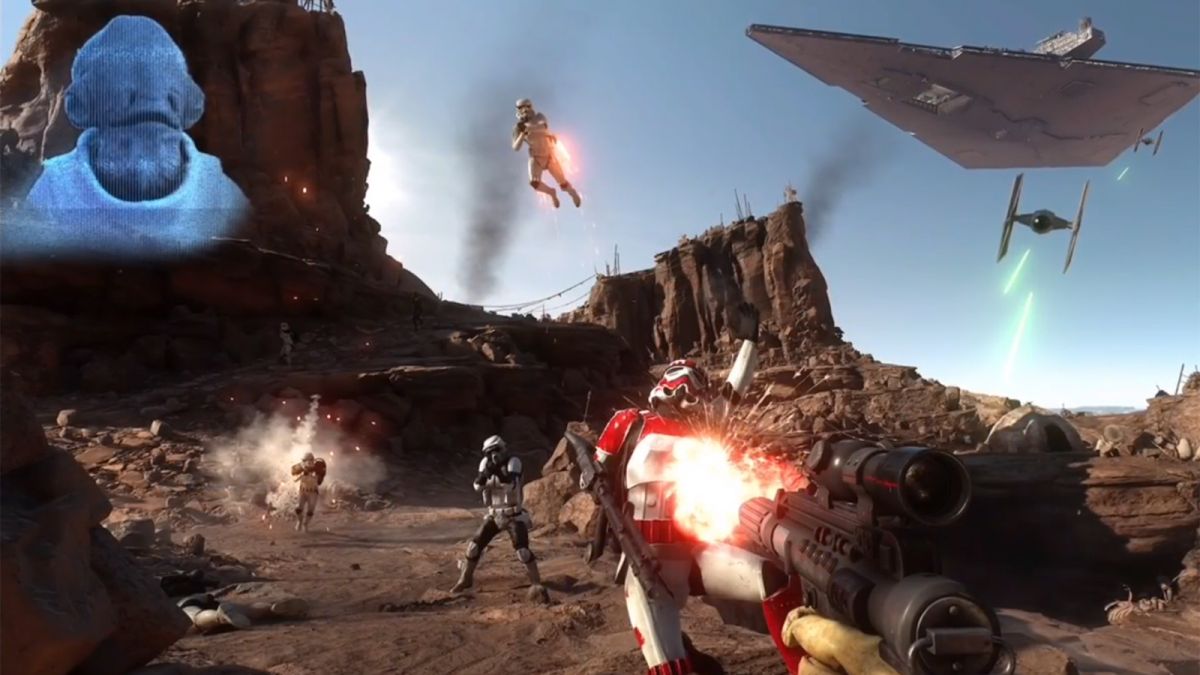It's been a big year for PC gaming with plenty of blockbuster releases including GTA V, The Witcher 3, Fallout 4 and Project CARS, but there was one more game on everyone's radar since its first teaser videos were unveiled by EA in 2013.
Star Wars Battlefront has been met with tremendous anticipation. Its 5-day open beta attracted a staggering 9.5 million players across all platforms, who were willing to download over 8GB of game content, making it EA’s largest beta test ever.
But the purpose of this article is not to explore or judge Battlefront's gameplay -- which has received mixed reactions -- it's the game's amazing visuals that got us here in the first place.
